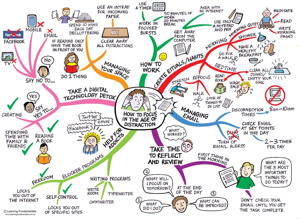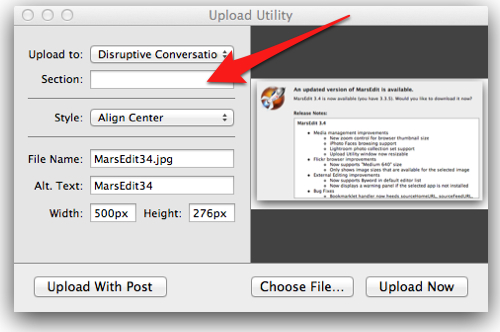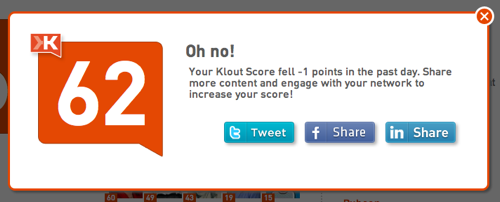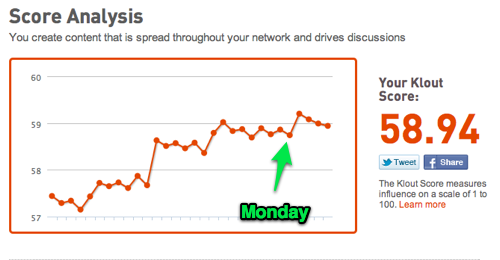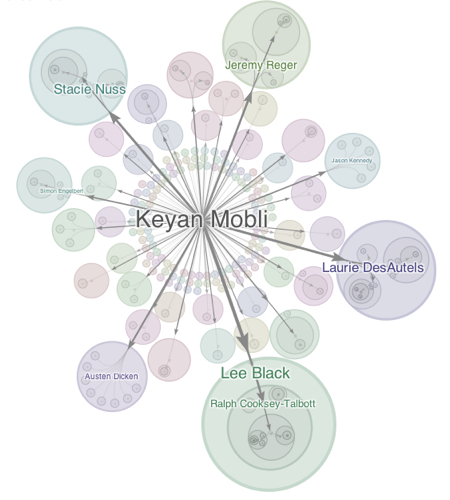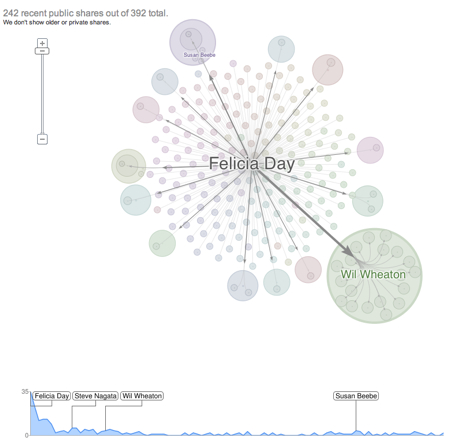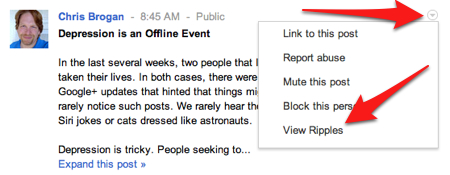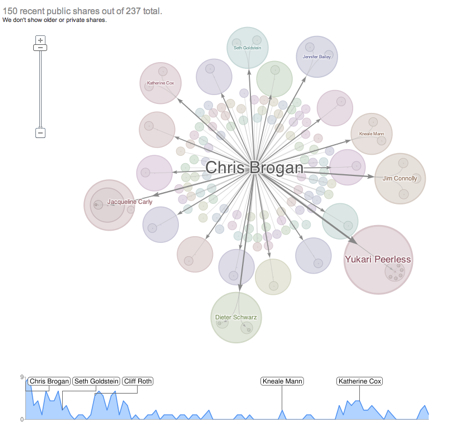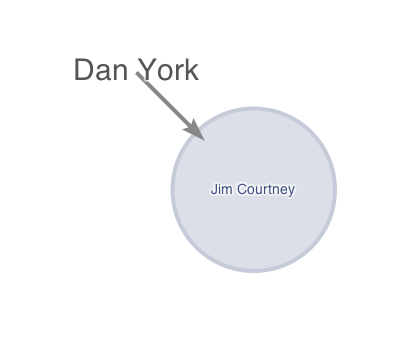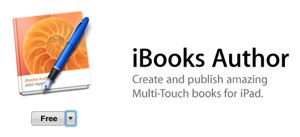 It could have been beyond amazing!
It could have been beyond amazing!
Apple’s iBooks Author app, announced today and available for free in the Mac AppStore, could have severely disrupted the ebook publishing space. I mean… watch the video… it’s got all the ease-of-use, the simplicity, the drag-and-drop goodness… everything we’ve come to know and love from Apple apps.
It could have been beyond simply “amazing”.
As an author and online writer who is employed full-time to create new online content, and who has several ebook ideas in the queue, both professionally and personally, I know first-hand the challenges of ebook creation. While the tools have gotten better over the years, the market could still use the disruption of an app that truly makes it drop-dead simple to create ebooks.
You know, the kind of app that Apple is so good at creating.
However, Apple’s iBooks Author app, as amazing as it may be… is a great big FAIL in my book.
It could have been beyond amazing.
Now, I probably won’t ever use it.
Why?
Simple…
LOOK AT THE LICENSE TERMS!
Go ahead… download the app. It’s free, after all. (Assuming, of course, you have a Mac.)
Then go up to the “iBooks Author” menu and choose “About iBooks Author”. You’ll get the screen below:
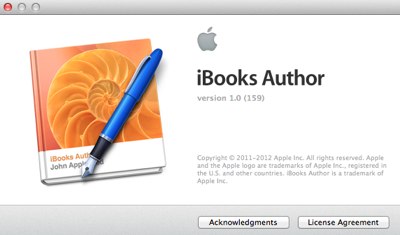
Click on the “License Agreement” button… and prepare to cringe.
Right at the very top in bold print is this message to you:
IMPORTANT NOTE:
If you charge a fee for any book or other work you generate using this software (a “Work”), you may only sell or distribute such Work through Apple (e.g., through the iBookstore) and such distribution will be subject to a separate agreement with Apple.
And if you aren’t disgusted enough, keep reading down to section B, clause (ii):
B. Distribution of your Work. As a condition of this License and provided you are in compliance with its terms, your Work may be distributed as follows:
(i) if your Work is provided for free (at no charge), you may distribute the Work by any available means;
(ii) if your Work is provided for a fee (including as part of any subscription-based product or service), you may only distribute the Work through Apple and such distribution is subject to the following limitations and conditions: (a) you will be required to enter into a separate written agreement with Apple (or an Apple affiliate or subsidiary) before any commercial distribution of your Work may take place; and (b) Apple may determine for any reason and in its sole discretion not to select your Work for distribution.
Soooo…. you can use it to write documents that you will give away… but if you want to sell them you can do so only through Apple???
And Apple “may determine for any reason and in its sole discretion NOT to distribute your work? So you go through the whole process of creating an ebook only to find out Apple will not carry your ebook in their iBookstore???
HOW MANY WAYS CAN YOU SPELL “LOCK-IN”?
And of course, you see this message again when you go to actually export a document you create:
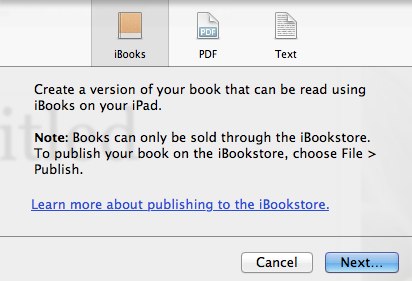
Again…
HOW MANY WAYS CAN YOU SPELL “FAIL”?
It could have been more than just amazing.
It could have severely shook up the ebook authoring environment.
It could have been yet-another-reason why people would choose to use a Mac.
Instead, Apple decides that they will use it as a way to lock people in to their specific platform.
Sad.
Sorry, Apple. You’ve lost a potential user.
Instead you’ll find me at the Tools of Change Conference (TOCCON) next month in New York, where the real revolution in publishing will be unfolding as we look at new apps and technologies that can truly feed an open ecosystem of authors and publishers.
Too bad.
It could have been beyond amazing!
UPDATE: – I wrote a follow-up post: Yes, Apple’s iBooks Author Strategy Is Absolutely Brilliant… Just Short-Sighted
If you found this post interesting or useful, please consider either:
- following me on Twitter;
- adding me to a circle on Google+;
- subscribing to my email newsletter; or
- subscribing to the RSS feed.

